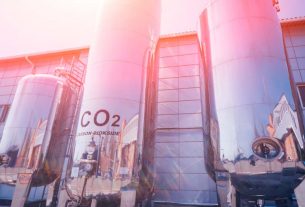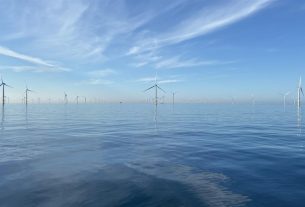Germany – German government is gearing up to unveil a strategy on carbon capture, a technology once sidelined in the nation’s climate efforts. This transformation holds the key to achieving Germany’s ambitious emissions targets.
While Germany began exploring large-scale underground CO2 storage in 2004, industrial carbon management, particularly carbon capture, has remained underdeveloped. The European Union’s 2009 Carbon Capture and Storage Directive laid the groundwork for Member States to implement national legislation. Germany’s Carbon Dioxide Storage Act came into effect in 2012 but failed to foster favorable conditions for carbon capture.
At the time, the focus was on expanding renewable energy generation, and carbon capture was perceived as costly and risky. Underground CO2 storage faced public resistance, leading to restrictions on storage capacities. Consequently, no underground storage projects were initiated, and only a limited number of capture and utilization projects exist today.
Recently, carbon management has reemerged as a priority in Germany’s climate efforts. The state of North Rhine-Westphalia published a Carbon Management Strategy in 2021, and a national strategy is in development by the Federal Ministry for Economic Affairs and Climate Action.
Carbon capture in climate neutrality
With stringent climate targets, it’s evident that achieving climate neutrality by mid-century or even by 2045 is unattainable without widespread carbon capture, utilization, and long-term storage. While renewable energy can decarbonize the electricity sector, the industrial sector, particularly emissions from industrial processes, poses a significant challenge. Carbon capture solutions are considered crucial for reducing these process-related emissions.
Research indicates that Germany will need to build capacity to capture between 35 and 70 million tons of CO2 from various industries, equivalent to 5-10% of the country’s current greenhouse gas emissions. This necessitates substantial investments over the next two decades, contingent on clear policy measures addressing incentives, infrastructure, CO2 imports and exports, and GHG accounting.
From waste to resource
The technical potential for carbon capture across industries like steel, cement, lime, chemicals, and waste incineration is estimated at 40-50 million tons of CO2. In contrast, the chemical industry’s estimated carbon demand in Germany by 2045 is around 50 million tons of CO2. This suggests that CO2 may transition from being sequestered underground to becoming a valuable resource within an industrial carbon cycle.
Successful carbon management in Germany and the EU requires consideration of policy interactions and emerging industrial paradigms. Topics demanding further analysis include CO2 transport capacity, storage capacities, quality criteria, synchronization of capture, transport, and storage, and the development of industrial carbon management clusters.




